NEW YORK—Low-income New Yorkers, or 1 million households, are spending more money on rent, but income has not kept pace, according to a report released Wednesday.
The typical poor family in New York City has (after paying rent) less than $5 daily per member for food, transportation, medical, and educational needs, said David R. Jones. Jones is president and CEO of the Community Service Society, the advocacy group for poor New Yorkers that produced the report.
“To increase rents at a time when wages and hours for low-income New Yorkers are falling off or flattening will no doubt lead to more family hardships and homelessness, now at an unprecedented high,” Jones said.
The society released “Making the Rent: Before and After the Recession” on Wednesday, a day before the Rent Guidelines Board makes a final vote on this year’s rent increases for rent stabilized housing. According to the society, the board proposed a rent increase from 1.75 to 6.75 percent, with increases differing between one- and two-year lease renewals.
The board could not be reached before press deadline.
According to the society’s report, for low-income households not receiving Section 8 vouchers—families of three with annual income below $34,114—the percentage of income spent on rent increased from 45 to 49 percent between 2005 and 2011. At the same time, low-income families spending at least half of their income on rent rose from 41 percent to 49 percent. Federal Section 8 vouchers are granted to about 15 percent of low-income New Yorkers. Under the Section 8 program, the tenant pays a portion of the rent and the government makes up the difference.
For the poor—or three-member households with incomes below the federal poverty line of $17,374—the percentage of income used for rent increased from 60 to 65 percent, while poor households spending more than half of their income on rent rose from 66 to 80 percent.
“For the poor, the decline in residual purchasing power was steeper, a 16 percent reduction, leaving them on the average with a meager $4.40 daily per household member to pay for food, transport, medical, and educational costs, and other necessities,” the report said.
Median annual income for private low-income renters increased from $15,000 to $17,522 over the six years, but median rent also increased from $800 to $1,000 per month.
All renters, regardless of income, saw median rents increase from $900 to $1,176 between 2005 and 2011, while median income rose from $38,000 to $45,000.
The Epoch Times publishes in 35 countries and in 19 languages. Subscribe to our e-newsletter.
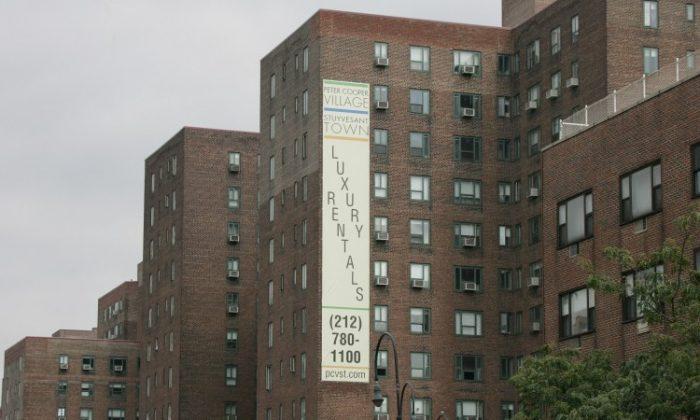

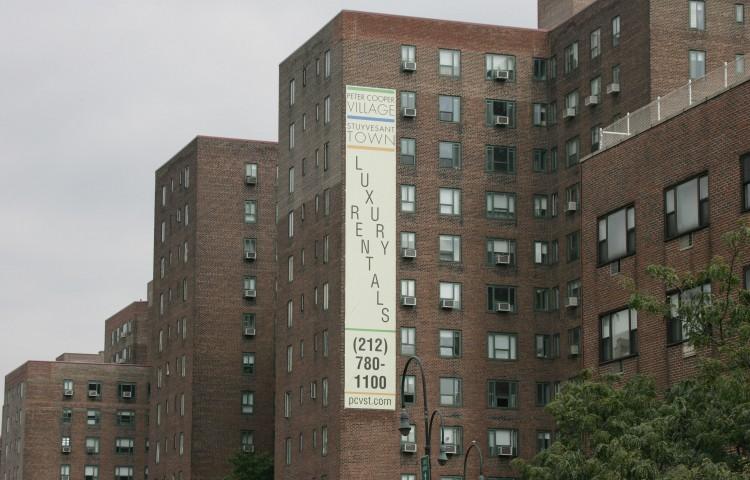
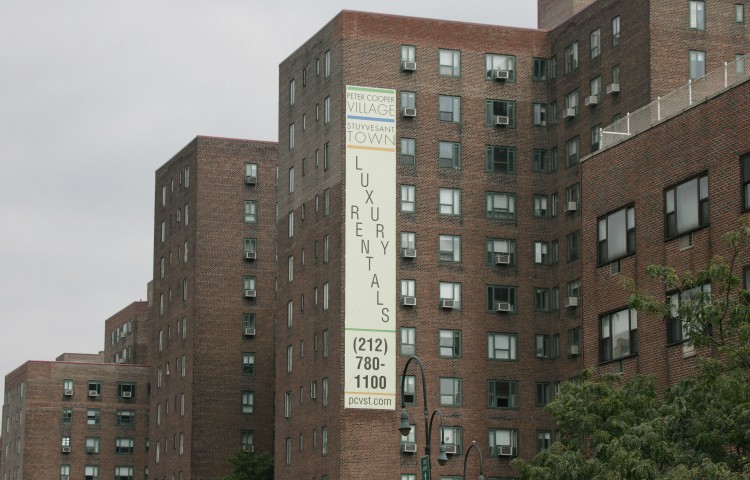
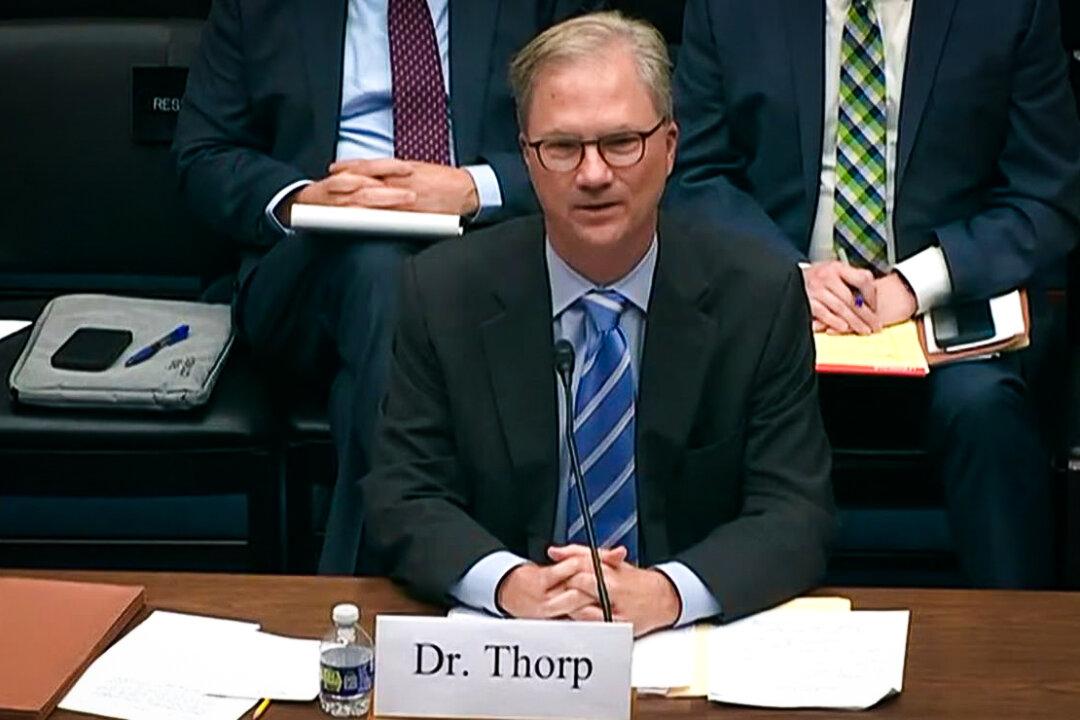


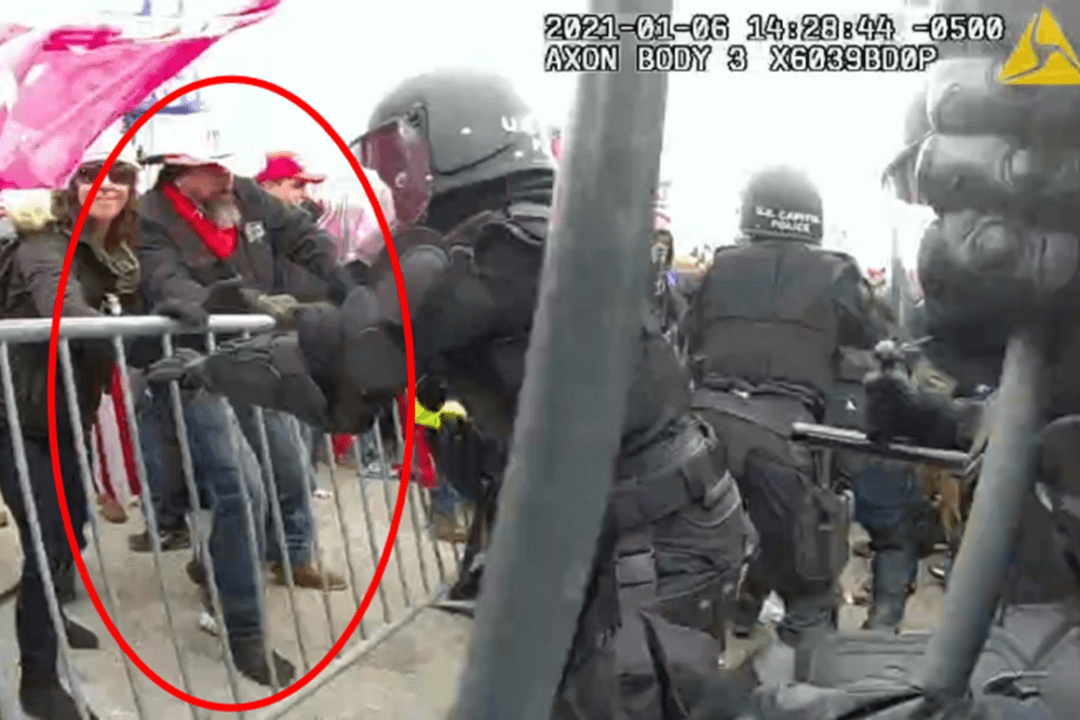
Friends Read Free